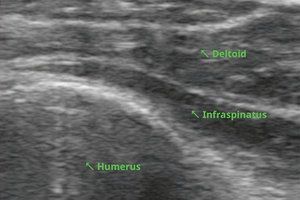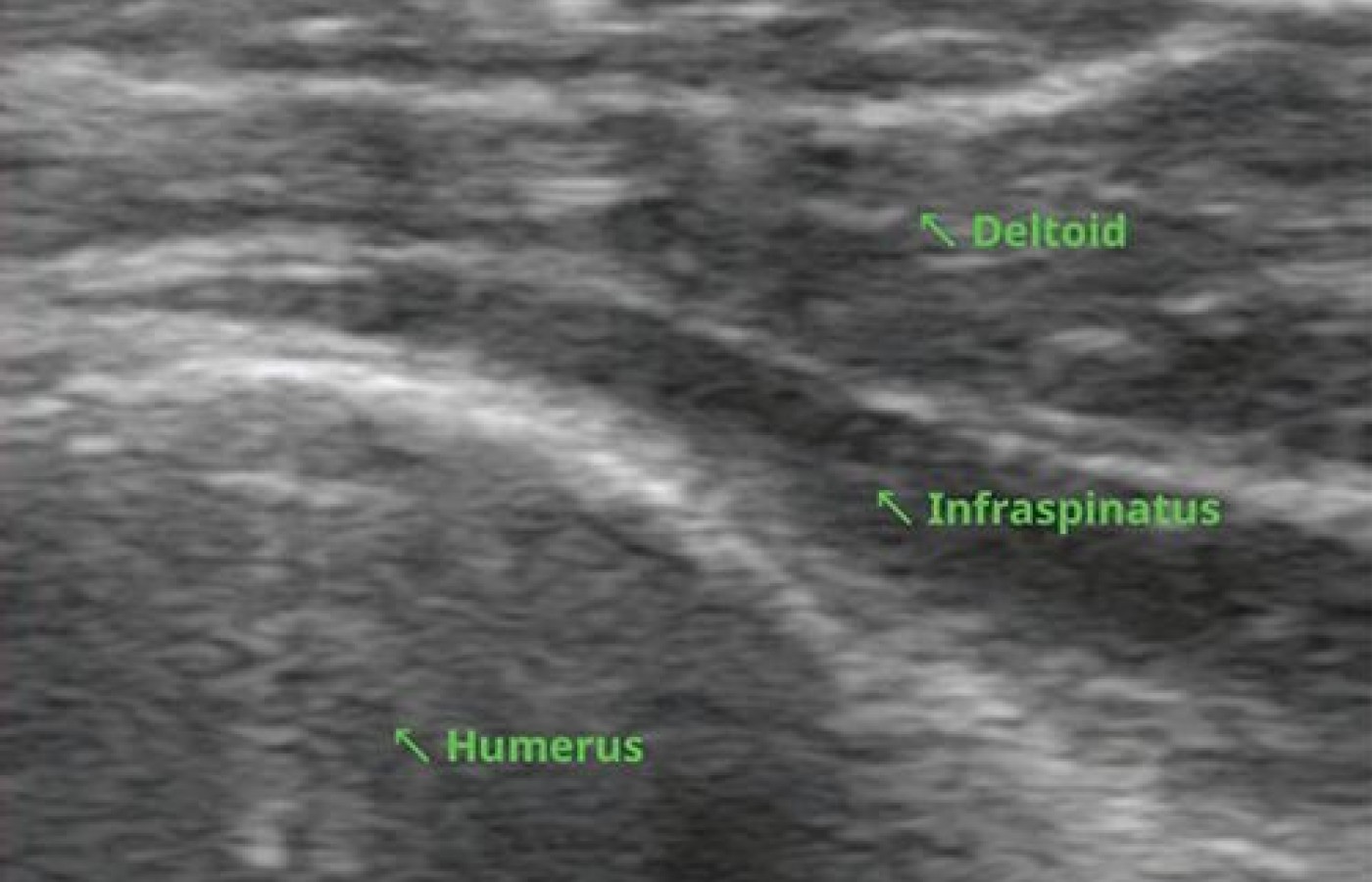When we talk about fertility, the focus is often placed on the ovaries and the uterus. Yet sperm-related factors contribute to nearly half of all cases of infertility. Whether someone is navigating fertility care alone or with a partner, and whether building a family through intercourse, IVI, IUI or IVF, it’s vital to include sperm health in the picture.
Musculoskeletal Ultrasound: A Valuable Tool for Acupuncturists
Musculoskeletal ultrasound is a rapidly growing in-office diagnostic tool across North America. Ultrasound units are becoming significantly more affordable and are already being utilized by a variety of health care practitioners. Physicians, physical therapists and chiropractors are currently using these devices in varying capacities, leading to the obvious question: Where does ultrasound fit in the acupuncture practice?
The Benefits: Overview
In the realm of sports medicine and pain management, it provides undeniable advantages with needling that include increased safety, increased accuracy, increased objective information, and the ability to reach areas that could not otherwise safely be reached with a needle. It also allows for more specific direct treatment such as peritendon calcifications that could not be reliably treated without guided needling.
Accuracy Compared to Standard Needling

A study published in June 2014 in the Journal of International Musculoskeletal Medicine compared assisted needling to ultrasound-guided needling and showed that assisted needling was less accurate. Ultrasound was performed in real time to reach the desired location vs. needling without real-time guidance of ultrasound to needle the same location.
If accuracy increases with the use of ultrasound, that suggests its use could also increase safety, particularly in areas where underlying structures could be damaged with needling.
An example of this is the popliteus, as structures such as the popliteal artery and tibial nerve make it unsafe to attempt to needle without ultrasound guidance.
A 2010 study using ultrasound to needle trigger points in patients with myofascial pain showed a 93.3 percent decrease in patient pain with the treatment. This reinforces that patients with sports injuries or chronic pain may benefit greatly from the use of ultrasound-guided treatment.
Treating Trigger Points
As scope of practice becomes more clearly defined for acupuncturists, the use of injection therapy as a treatment modality is being more integrated into care, as is trigger-point needling. Ultrasound-guided injections are quite common in standard medical practice, and are also safer and more accurate than conventional injections.
When compared to non-guided injections, guided injections are more effective, more accurate and more cost- effective. In terms of use by acupuncturists, this would be particularly applicable to trigger-point injections, trigger-point needling and tendon fenestration (tendon needling).
Knowing that ultrasound-guided information provides a safer, more accurate treatment approach, as well as increased objective information, allows the practitioner to treat conditions in a much more specific manner. It can also aid in patient positioning for optimal needling.
In the picture, the patient is placed lateral recumbent with the arm in neutral position to needle the infraspinatus muscle tendon junction. The layers labeled in the image are the deltoid, infraspinatus and humerus. By having the ultrasound image present while treating the patient, needle depth and accuracy are assured.
Patient and Classroom Education
Ultrasound also provides immediate biofeedback to the patient if they choose to observe the procedure. The result of treatment can potentially be visualized immediately. In this instance, it can serve as a valuable patient education piece.
Diagnostic ultrasound is not only useful for patient education, but also serves as a fantastic aid in classroom education. While cadaver labs are a great method of learning anatomy, the practice does have its limits in regard to learning needling technique and real-time reaction. Ultrasound serves as a real-time visual aid in needle placement, surrounding anatomy and needle response.
In a classroom setting, this can provide invaluable lessons in increasing needling skills, as well as a higher level of anatomical knowledge for students. Additionally, ultrasound can teach a larger student base simultaneously, as the images can easily be projected for clear instruction. In contrast to the costs and space required for cadaver education, it is much more affordable – which is particularly beneficial for smaller acupuncture schools with limited budgets.
Training and Other Considerations
The use of ultrasound in acupuncture does require specific training. The learning curve for sonoanatomy and ultrasound-guided procedures is high, and the necessary training to become competent takes time and effort. As this procedure involves equipment and increased training, increased patient costs are also a reality. (Arguably, the increased safety and accuracy it can provide is likely worth the cost.)
This procedure is not likely useful for all acupuncturists, but is more likely to become a subspecialty within the field. From an anatomical standpoint, it is a wonderful tool to visually learn more anatomy for all practitioners, but it may not provide as much use for those who focus on microsystems such as auricular acupuncture or a variation of distal needling only.
The Bottom Line
Overall, despite its cost and learning curve, diagnostic ultrasound is a valuable tool for acupuncturists that is currently available, but underused. In particular, practitioners who clinically focus on sports injuries and pain management may benefit from the use of ultrasound as an option to provide safer and more accurate, efficient care.
Its use as a training tool for acupuncture students should also be encouraged to provide not only more proficient needling skills, but also a higher level of anatomy and kinesiology to increase professional credibility as viable health care practitioners. Ultrasound is a highly useful tool for acupuncturists to continue to provide a higher level of care to patients in the future.
Resources
- Allen D. Precision of acupuncture placement using diagnostic ultrasound. Int Musculoskel Med, 2014;36🔢64-74.
- Bubnov RB. [The use of trigger point "dry" needling under ultrasound guidance for the treatment of myofascial pain (technological innovation and literature review).] Lik Sprava, 2010 Jul-Sep;(5-6):56-64.
- Jacobson JA. Fundamentals of Musculoskeletal Ultrasound, 3rd Edition. Philadelphia: Elsevier/Saunders, 2013.
- Finnoff JT, et al. American Medical Society for Sports Medicine (AMSSM) position statement: interventional musculoskeletal ultrasound in sports medicine. BR Sports Med, 2015;49(3):145-150.



